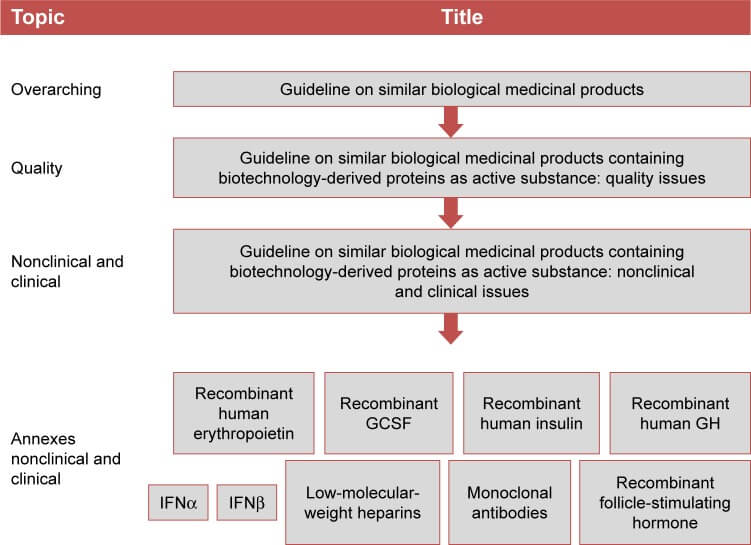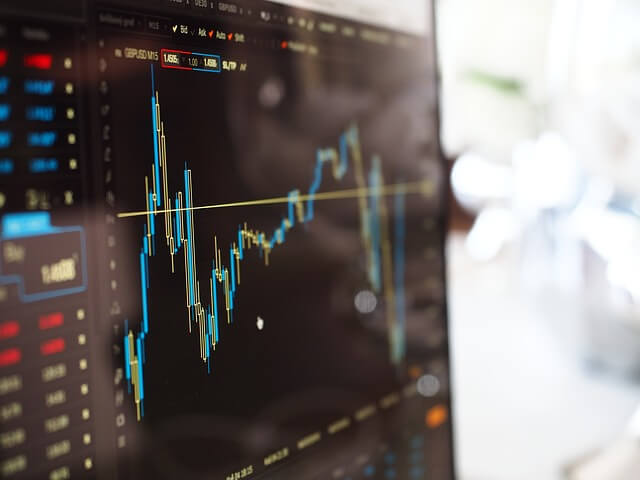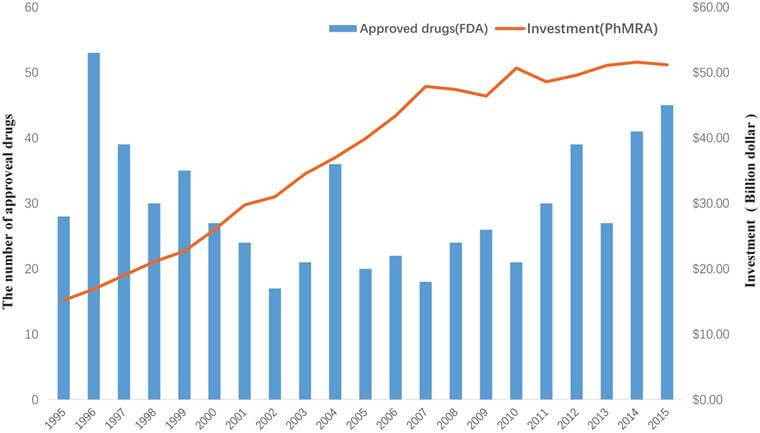
The pharmaceutical industry is constantly evolving, and one of the most exciting areas of growth is the development of biosimilars. These biological products, designed to be highly similar to existing approved biologics, offer the promise of more affordable treatment options for patients. However, the journey from concept to market is fraught with challenges. Let’s dive into the intricate world of biosimilar development and explore the hurdles that developers face along the way.
Understanding Biosimilars: A Brief Overview
Before we delve into the challenges, it’s crucial to understand what biosimilars are. Unlike generic versions of small molecule drugs, biosimilars are not exact copies of their reference products. They’re complex biological molecules produced in living cells, making them inherently variable. This complexity is at the heart of many of the challenges we’ll discuss.
The Regulatory Maze: Navigating Approval Processes
One of the first major hurdles in biosimilar development is the regulatory landscape. Different regions have varying requirements, and the approval process can be lengthy and complex.
FDA vs. EMA: A Tale of Two Agencies
The U.S. Food and Drug Administration (FDA) and the European Medicines Agency (EMA) have different approaches to biosimilar approval. While both agencies require extensive comparability studies, their specific requirements can differ, creating challenges for developers aiming for global markets.
Evolving Guidelines: Keeping Up with Changes
Regulatory guidelines for biosimilars are still evolving. As our understanding of biologics grows, agencies update their requirements. This constant flux can be challenging for developers, who must stay abreast of changes and potentially adjust their development strategies mid-course.
The Science of Similarity: Analytical Challenges
Demonstrating biosimilarity is no small feat. It requires sophisticated analytical techniques and a deep understanding of the reference product’s characteristics.
Structural Complexity: Unraveling the Molecule
Biologics are large, complex molecules with intricate structures. Analyzing and comparing these structures to prove biosimilarity is a significant challenge. Developers must use a range of analytical methods to characterize their products thoroughly.
Functional Equivalence: Beyond Structure
It’s not enough for a biosimilar to have a similar structure to its reference product. It must also function in the same way. Demonstrating functional equivalence requires extensive in vitro and in vivo studies, adding to the complexity of development.
Manufacturing Matters: Consistency is Key
The production of biosimilars is a delicate process that requires precise control and consistency.
Cell Line Development: Finding the Perfect Match
Developers must create a cell line that produces a protein as similar as possible to the reference product. This process can be time-consuming and may require multiple attempts to get right.
Process Variability: Taming the Beast
Even small changes in the manufacturing process can lead to variations in the final product. Maintaining consistency across batches is crucial but challenging, especially when scaling up production.
Clinical Trials: Proving Equivalence
While biosimilars don’t require the same extensive clinical trials as novel biologics, they still need to demonstrate equivalence in clinical settings.
Study Design: Balancing Efficiency and Thoroughness
Designing clinical trials for biosimilars is a delicate balance. They need to be comprehensive enough to demonstrate equivalence but not so extensive that they negate the cost-saving benefits of biosimilar development.
Patient Recruitment: Finding the Right Participants
Recruiting patients for biosimilar trials can be challenging, especially when the reference product is still under patent protection in some regions. This can limit the pool of available participants and slow down the development process.
The Patent Puzzle: Navigating Intellectual Property
Intellectual property issues can be a significant hurdle in biosimilar development.
Patent Thickets: Untangling the Web
Reference product manufacturers often have multiple patents covering various aspects of their products. Navigating these “patent thickets” can be complex and time-consuming for biosimilar developers.
Legal Battles: Preparing for Litigation
Patent litigation is common in the biosimilar space. Developers must be prepared for potential legal challenges, which can be costly and time-consuming.
Market Access: Overcoming Adoption Barriers
Even after approval, biosimilars face challenges in gaining market share.
Physician Hesitancy: Building Trust
Some healthcare providers may be hesitant to prescribe biosimilars, especially for patients already stable on the reference product. Overcoming this hesitancy requires education and evidence.
Pricing Pressures: Finding the Sweet Spot
Biosimilars need to be priced competitively to gain market share, but not so low that they can’t recoup development costs. Finding this balance can be challenging, especially in markets with complex reimbursement systems.
The Extrapolation Conundrum: Expanding Indications
Biosimilars are often approved for multiple indications based on extrapolation from limited clinical data. This can be a contentious issue.
Scientific Justification: Making the Case
Developers must provide robust scientific justification for extrapolation, which can be challenging when the mechanism of action differs across indications.
Regulatory Acceptance: Varying Approaches
Different regulatory agencies have varying approaches to extrapolation, adding another layer of complexity for developers targeting multiple markets.
Immunogenicity: A Unique Challenge
All biologics have the potential to trigger immune responses in patients. For biosimilars, demonstrating comparable immunogenicity to the reference product is crucial.
Detection Methods: Sensitivity Matters
Developing sensitive and specific methods to detect anti-drug antibodies is challenging but essential for assessing immunogenicity.
Long-term Data: The Waiting Game
Gathering long-term immunogenicity data can be time-consuming, potentially delaying market entry.
The Interchangeability Hurdle: Raising the Bar
In some regions, biosimilars can be designated as interchangeable with their reference products, allowing for automatic substitution at the pharmacy level. However, achieving this designation comes with additional challenges.
Switching Studies: Demonstrating Safety
Interchangeability requires additional studies to demonstrate that switching between the biosimilar and reference product doesn’t impact safety or efficacy.
Regulatory Requirements: A Higher Standard
The requirements for interchangeability are more stringent than those for biosimilarity alone, adding to the development burden.
Global Harmonization: A Work in Progress
The lack of global harmonization in biosimilar regulations creates challenges for developers targeting multiple markets.
Divergent Requirements: Navigating Differences
Different regions may have varying requirements for biosimilar approval, necessitating multiple development programs or strategic choices about target markets.
International Collaboration: Building Bridges
Efforts are underway to harmonize biosimilar regulations globally, but progress is slow, and challenges remain.
The Future of Biosimilars: Emerging Challenges
As the biosimilar landscape evolves, new challenges are emerging that developers must be prepared to face.
Next-Generation Biologics: Raising the Bar
As reference product manufacturers develop improved versions of their biologics, biosimilar developers must consider how to compete with these next-generation products.
Biobetters: Blurring the Lines
The development of “biobetters” – improved versions of existing biologics – presents both opportunities and challenges for the biosimilar industry.
Key Takeaways
Developing biosimilars is a complex endeavor fraught with challenges at every stage. From navigating the regulatory maze to overcoming manufacturing hurdles, demonstrating clinical equivalence, and gaining market acceptance, biosimilar developers face a steep uphill climb. However, the potential rewards – both in terms of business opportunities and improved patient access to life-changing therapies – make these challenges worth tackling.
As the industry matures and regulatory frameworks evolve, some of these challenges may become easier to navigate. However, new hurdles are likely to emerge as the biological landscape continues to advance. Success in this field requires not only scientific and technical expertise but also strategic thinking, regulatory savvy, and a deep understanding of market dynamics.
“The development of biosimilars is not for the faint of heart. It requires a unique blend of scientific rigor, regulatory acumen, and market insight. But for those who can navigate these challenges, the potential to make a significant impact on patient care is immense.” – Dr. Sarah Thompson, Chief Scientific Officer at BioSim Innovations
FAQs
- What is the biggest challenge in biosimilar development?
While all aspects of biosimilar development are challenging, many experts consider demonstrating biosimilarity through comprehensive analytical and clinical studies to be the most significant hurdle. This requires a deep understanding of the reference product and sophisticated analytical techniques. - How long does it typically take to develop a biosimilar?
The development timeline for biosimilars can vary widely, but it typically takes 7-8 years from initial development to market approval. This is significantly shorter than the 10-15 years often required for novel biologics, but still represents a substantial investment of time and resources. - Are biosimilars as safe and effective as their reference products?
Yes, when approved by regulatory agencies like the FDA or EMA, biosimilars have been demonstrated to have no clinically meaningful differences in terms of safety, purity, and potency compared to their reference products. Extensive studies are required to prove this equivalence. - Why are biosimilars not exact copies of their reference products?
Biosimilars are produced in living cells, which introduces inherent variability. Additionally, the exact manufacturing process of the reference product is proprietary, so biosimilar developers must create their own process to produce a highly similar, but not identical, product. - Can biosimilars be automatically substituted for their reference products?
This depends on the regulatory framework in each country or region. In some places, biosimilars can be designated as “interchangeable,” allowing for automatic substitution. However, this designation typically requires additional studies and is not available in all markets.
























